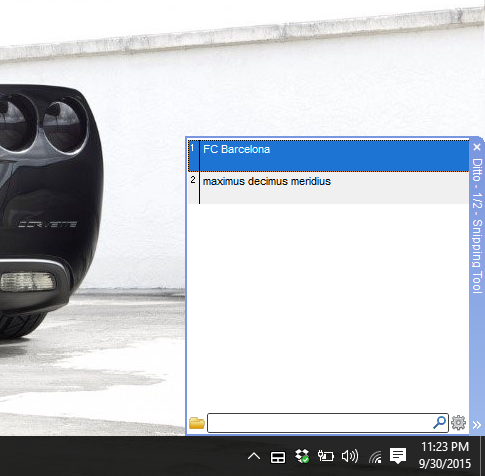Perhaps one of the most innovative technologies shown off at the opening day of CES 2013 is the paper tablet which can also be used to create a virtual desktop. Not more than a few mm thick this paper tablet developed by Queen’s University in Canada with partners Plastic Logic and Intel Labs surely turned heads. The 10.7 inch flexible touchscreen display of the tablet is the USP of the developers for futuristic gadgets that we will own. Powered by an Intel Core i5 processor the thin tablet is called PaperTab and gives a whole new dimension to human interaction with electronic paper which is much more robust when we compare it to standard glass-based display.
According to Ryan Brotman, Research Scientist at Intel
Within five to ten years, most computers, from ultra-notebooks to tablets, will look and feel just like these sheets of printed color paper. PaperTab can file and display thousands of paper documents, replacing the need for a computer monitor and stacks of papers or printouts.
Unlike traditional tablets, PaperTabs keep track of their location relative to each other, and the user, providing a seamless experience across all apps, as if they were physical computer windows.
For example, when a PaperTab is placed outside of reaching distance it reverts to a thumbnail overview of a document, just like icons on a computer desktop.When picked up or touched a PaperTab switches back to a full screen page view, just like opening a window on a computer.
According to Steve Marsh, Vice President Sales, Plastic Logic
Plastic Logic’s revolutionary flexible plastic displays enable innovative design approaches, which were previously impossible when using standard glass-based display technology. These recent concept designs are a great way to open up designers’ imaginations, which are currently the only limiting factor to the creative applications possible. We are currently working with system and brand companies to enable them to take products using our flexible, plastic displays to market.
Via: News
Comments






